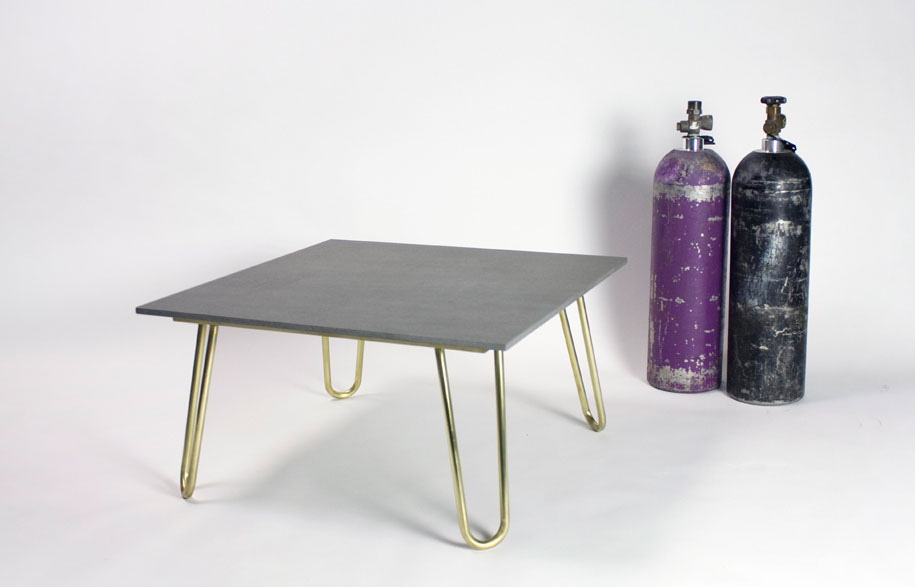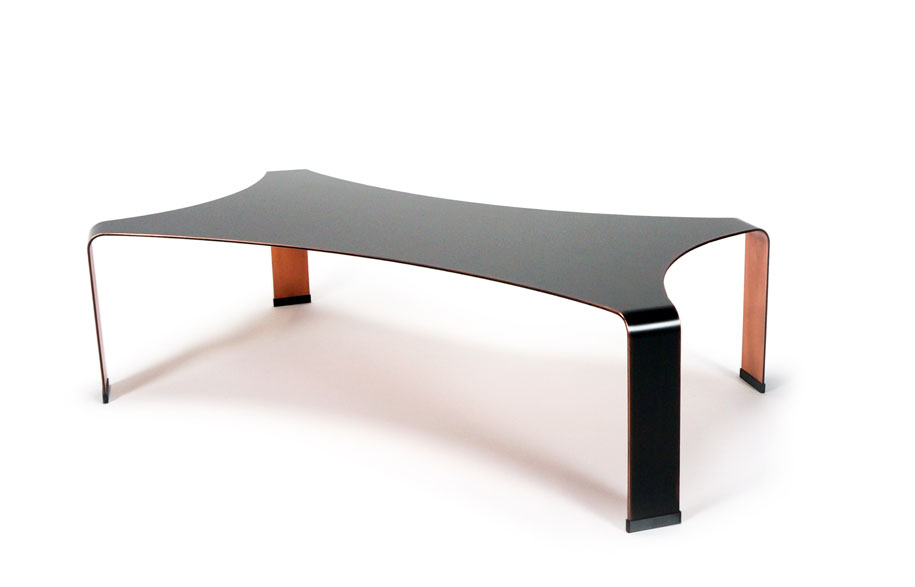While often used as a supporting material to the hero of wood, plastic or stone metals have recently been brought to the forefront as the key design element. Designers are getting savvy with their metal use and the amalgamation of mixing and matching metals to great effect is gaining popularity.
Recently, brass, along with copper and even bronze, have become common sights in cafes and bar fitouts. James Groom, creative director of Savage Design believes the once common polished look has been replaced with a satin and aged or tarnished finish.“I think metals look best when a variety of finishes and tones are used,” says James. “Not an easy thing to do well but there is nothing better than blackened steel paired with aged brass and contrasted with hints of gold.”
So why have these metals that were once hidden behind walls in piping or chrome plated when used as tapware become some popular? James believes there are a few reasons. “The appreciation of craftsmanship and a resurgence of local manufacturing has certainly developed over the last few years,” he explains. “Tarnished metals appear aged and cared for evoking the thoughts of handmade or crafted pieces forged or worked by blacksmiths, fitters or turners without being ostentatious and they are often more palatable than shinny finishes.”

James adds that brass and bronze are also readily available and relatively easy to work with. “While more expensive than aluminium or steels they are still much more cost effective than gold, titanium and platinum but still appear like a precious metal,” he says. “Another reason is certainly the industry’s following of and interest in Tom Dixon’s products. Brass and coppers were first used in his homewares and lighting over five years ago, after being influenced by pots and pans in the kitchen. Tom Dixon is still consistently creating beautiful products featuring these warmer metals.”
What’s next? James believes we will start seeing more black nickels mixed with the warmness of brass, bronze, copper and even golds. “Designers will get a little more adventurous in mixing metals with more typically textured natural materials like wood, leather and stone,” he explains. “We certainly have some tables being released to complement our lights and homewares. The use of stone on top of a brass frame will feature along with leather and metal chairs. We also have some lights designed in darker tones to be used alongside our brighter metal pieces. We are massive supporters of leaving metals raw without putting clear lacquers on them.”
“Our pieces are made to be engaged with and having a piece of furniture that ages with the owner showing signs of how the pieces are used is all part of the experience.”
Savage Design
savagedesign.com.au


